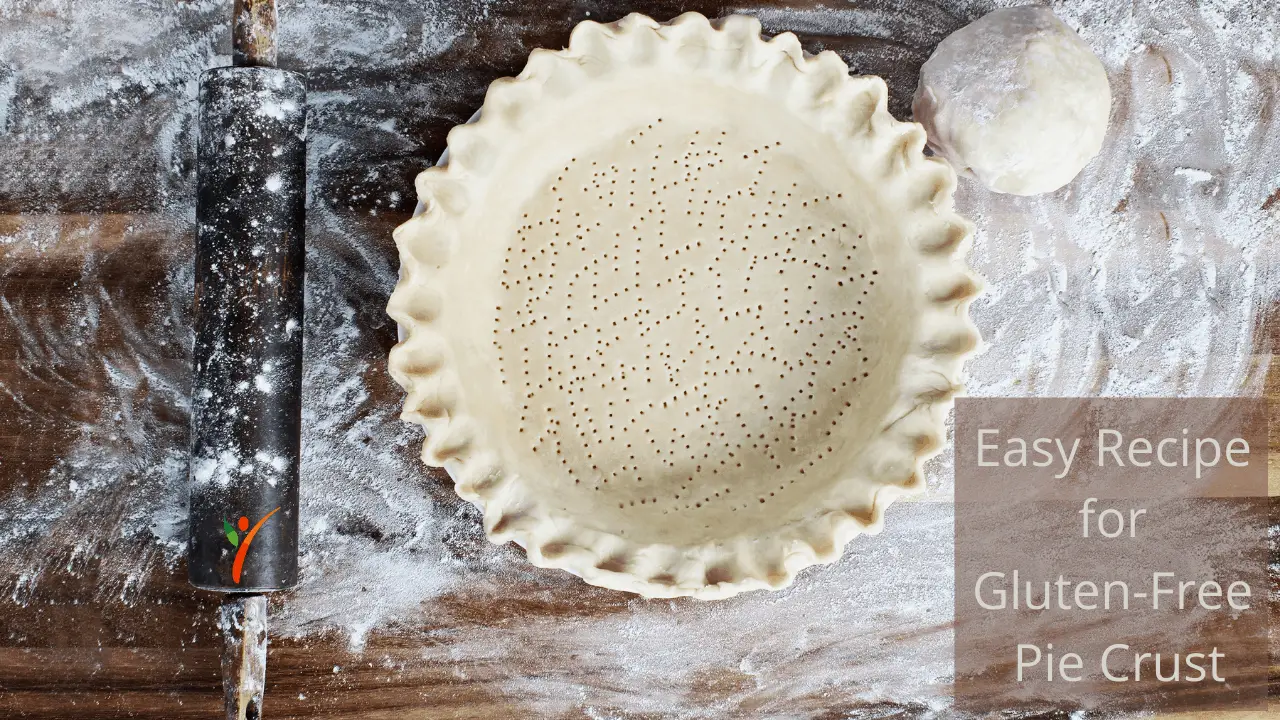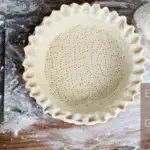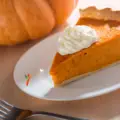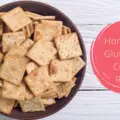The fall season beckons for the making of traditional pies. If you have been looking for an easy pie crust recipe, you came to the right place. Of course, you can always grab readymade pie crusts, but they don't hold up to making it homemade.
Nothing compares to a homemade flaky pie crust you can use whenever you're craving pies. The first step to the perfect pie is getting the pie crust right. We have got an easy recipe for your next pie crust. The best thing; you don't need too many ingredients or instructions.
Read more about how to make a perfect pie crust.
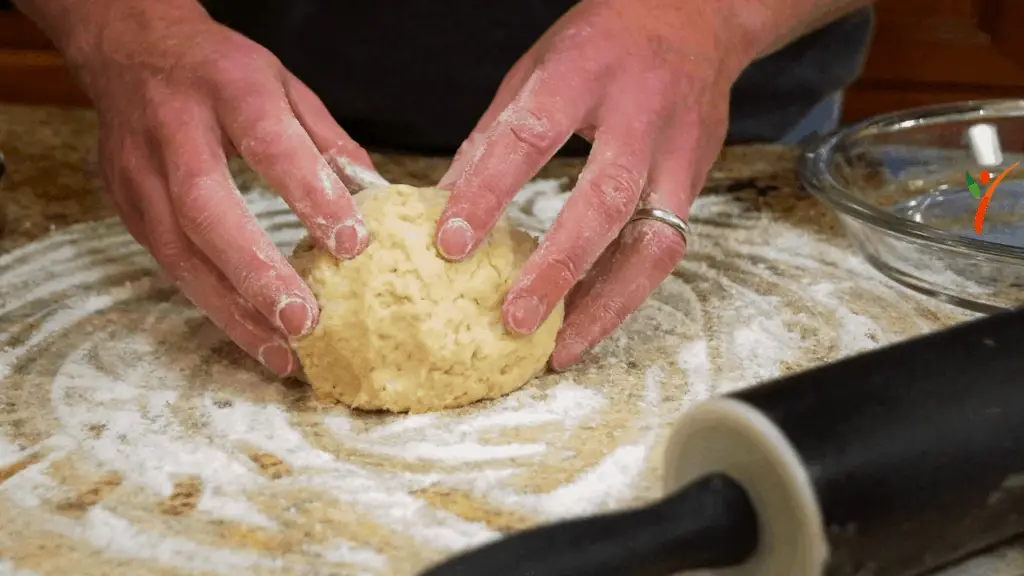
Cold Ingredients Are The Key
You might've seen every pie crust recipe emphasize using ice-cold water and butter when adding the ingredients. Why is using cold ingredients so integral to the perfect pie crust? For starters, cold butter ensures that it doesn't melt and blend in with the dough when mixing the ingredients.
It is best if the butter stays below room temperature so that it doesn't start melting. The colder your components are, the flakier your pie crust will turn out. If your ingredients are not cold, the pie crust will shift towards a texture that'll be impossible to roll.
Savory Or Sweet?
The best thing about a pie crust is that you can make anything you like with it. Whether you're planning for your next main course or your sweet tooth's calling out, the pie crust is the answer. You can go with shepherd's pie, one-pot chicken pie, or a veggie pie for savory dishes. You can always go for apple pie, pumpkin pie, banoffee pie, etc. being some of the classics for dessert options.
Butter or Shortening?
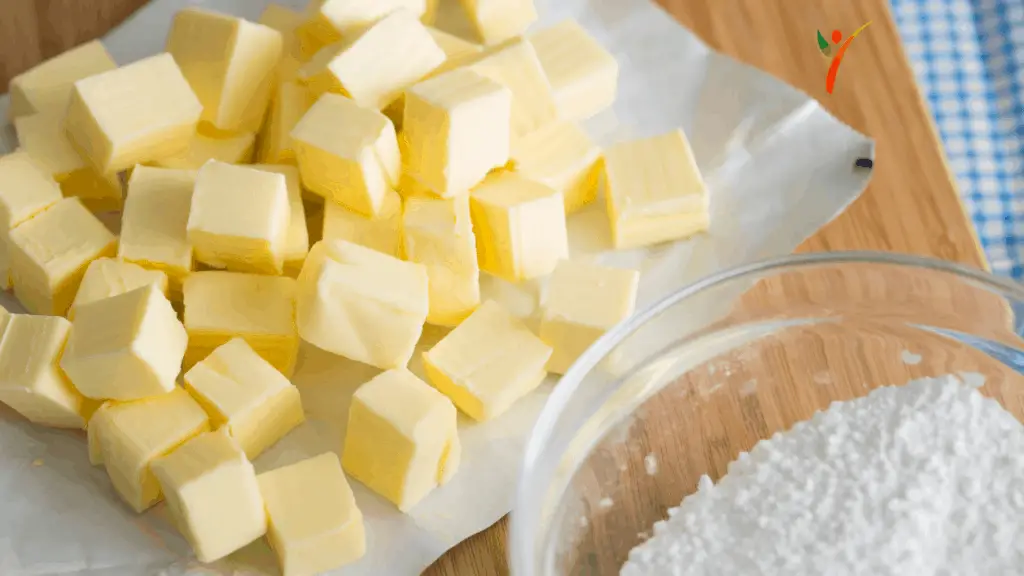
If you're not aware, shortening is a term used for vegetable oils, e.g., coconut oil, palm oil, soybean oil, etc. This recipe calls for butter, but many use shortening instead of butter. You might be wondering why is that so? Shortening performs the same functions as butter by combining the ingredients but at a lower melting point.
For this reason, shortening is easier to work with since it doesn't melt too quickly while working the dough. The cons- it gives an overall greasy taste to the pie crust. And, eating processed seed oils is very unhealthy. Hence, as long as you're keeping butter cold, a flaky pie crust with the mouthwatering flavor is with butter!
Docking The Pie Crust
Docking is the concept of poking holes in the pie crust with a fork. It allows the steam that forms during baking to escape. It will prevent your pie crust from unbalanced cooking or with both an overcooked and undercooked pie crust.
Additionally, this prevents the pie crust from ‘puffing up' in the oven and collapsing when you take it out. Poke holes in the pie crust, and it'll come out the crispy, flaky crust you're wanting.
Don't Be Afraid To Experiment
Another mistake those who are new to baking make is sticking to the recipes dot to dot. A little experimenting goes a long way. There may be a cause to have to make some changes to your ingredients because of numerous conditions. But worry not, this doesn't mean you have to go drastically out of the way to attain perfection.
Most of the time, it's just adding an extra tablespoon of water or decreasing the butter. As long as your dough is forming into a ball with just the right texture, you are doing well. Trust the process while keeping an eye out for dough's consistency as well.
Understanding The Rolling Process

The dough sticking to the surface is another reason many run from baking a homemade pie crust. If your pie crust is sticking, chances are it'll break when you lift it to transfer it to the baking pan. Be careful when rolling the dough. Here is a trick to keep the dough from sticking.
You may want to try this trick; parchment paper. Having parchment paper both below the dough and on top of it when rolling can prevent sticking. You can also dust flour on the parchment paper before placing the dough for rolling for an additional element. Using wax paper can help attain similar results if you don't have parchment paper at home. You don't have to fret about the edges either. Your pie crust will need to be evenly rolled. If it's not the same thickness, you'll end up with a pie that's undercooked at some parts while overcooked on others.
Stop Overworking The Dough
If you overwork the dough too much, your butter is prone to start melting before you bake it. It would help if you had chunks of butter in the mixture for the pie crust's flakiness. Guess what overworking will lead to? A tough and chewy pie crust, the exact opposite of what you want.
Similar is the concept of adding water to the dough; little is better. You need to gradually add the water and stop as soon as the dough's consistency is correct. Don't want a dough that's too moist, now do we?
Final Thoughts:
Are you missing your grandmother or mother's classic pies this fall? Try making one yourself. You can easily make the pie crust yourself and create a meal or dessert your family will add to their favorites.
So what are you waiting for? Get your baking utensils ready, and let's go!
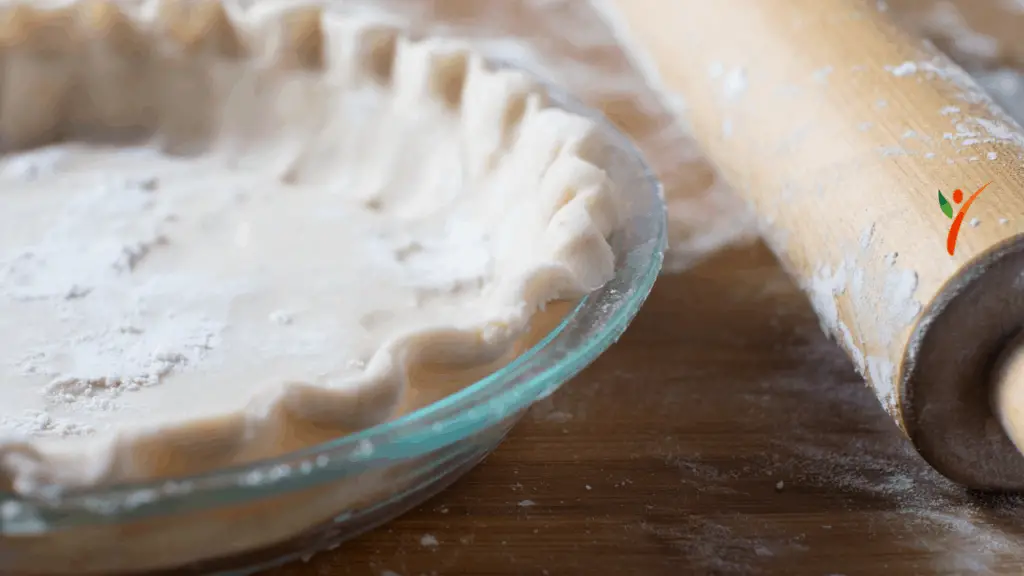
Homemade Gluten-Free Pie Crust Recipe
9″ pie crust
50 minutes
Ingredients:
- 2 cups gluten-free all-purpose flour
- A pinch of salt
- 1 tablespoon powdered sugar
- 2-3 tablespoons cold water
- 1 egg
- 7 tablespoon butter, cold
Directions:
- Take a large bowl and add the gluten-free flour, salt, and sugar in the bowl. Mix all the ingredients.
- Adding in the butter, use a fork to blend it in the mixture until you start seeing a crumbly texture form.
- Add the egg to the mixture. Then add water to the mix gradually, one tablespoon at a time. You should see the dough start holding together in shape. Ensure the dough is slightly moist, neither too dry but not too wet either.
- Roll the mixture into a ball shape. Cut it into half before rolling if you're going for a top-crust as well.
- Using your hands, flatten the dough into a disc-like shape.
- At this point, place the dough in the fridge for approximately 15-20 minutes before rolling it out.
- Place it on parchment or wax paper to roll it further with a rolling pin.
- Position the rolled-out dough into your pie pan while peeling off the paper. Pierce the dough with a fork.
- Fill and bake the crust according to the recipe.
The owner of this website, HealthYeahLife.com, is a participant in the Amazon Services LLC Associates Program, an affiliate advertising program designed to provide a means for sites to earn advertising fees by advertising and linking HealthYeahLife.com Review to Amazon properties including, but not limited to, amazon.com.
Easy Recipe for Gluten-Free Pie Crust
Ingredients
- 2 Cups Gluten-free flour
- Pinch Salt
- 1 Tbsp. Powdered Sugar
- 2-3 Tbsp. Ice cold water
- 1 Egg
- 7 Tbsp. Butter Cold
Instructions
- Take a large bowl and add the gluten-free flour, salt, and sugar in the bowl. Mix all the ingredients.
- Adding in the butter, use a fork to blend it in the mixture until you start seeing a crumbly texture form.
- Add the egg to the mixture. Then add water to the mix gradually, one tablespoon at a time. You should see the dough start holding together in shape. Ensure the dough is slightly moist, neither too dry but not too wet either.
- Roll the mixture into a ball shape. Cut it into half before rolling if you're going for a top-crust as well.
- Using your hands, flatten the dough into a disc-like shape.
- At this point, place the dough in the fridge for approximately 15-20 minutes before rolling it out.
- Place it on parchment or wax paper to roll it further with a rolling pin.
- Position the rolled-out dough into your pie pan while peeling off the paper. Pierce the dough with a fork.
- Fill and bake the crust according to the recipe.

